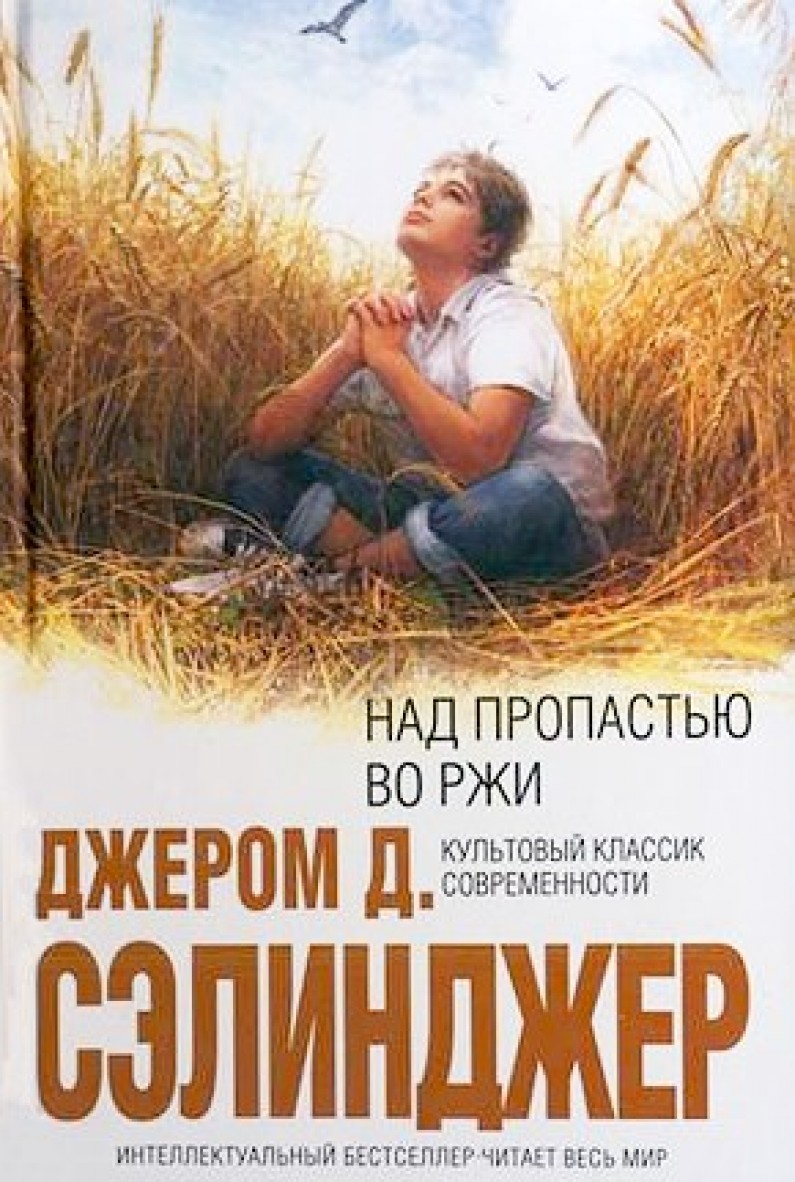Catcher in the Rye in Russian

Here at the University of Iowa fall semester is already in full swing, just like the packed schedule of literary events around town. On August 30, the first of many readings featuring fellows from the 2013 International Writing Program showcased work by Russian poet Dmitry Golynko, including the crowd-rousing “Whip It Out,” which you can witness for yourself here on YouTube. For more readings by our visiting writers during their residency this fall, see the IWP’s full calendar of events.
Other adventures in Russian translation have recently visited the collective consciousness in the form of an excellent New Yorker blog post discussing what happens when a new translation (in this instance, of J.D. Salinger’s Catcher in the Rye) meets resistance from a reading public attached to an older, canonized translation—regardless of how close or far it falls from the tree of the original text. The article touches on a debate dating to the early 19th–century days of German philosopher Friedrich Schleiermacher, arguably the grandfather of contemporary translation studies: to domesticate or foreignize in translation? In other words, when we translate, should we bring the author to the reader, domesticating the translated text into the target language and culture for the reader’s ease of understanding, or should we bring the reader to the author, foreignizing the translated text to preserve the source language, perhaps challenging the reader’s cultural framework by doing so?
The answer, evidently, depends on whom and what one is translating, and on “the particular pattern of gap and overlap in the pairing of two cultures,” according to Reed Johnson, author of the post. Read the full text of his thought process, complete with back-translations into English from the older and newer Russian “Catchers,” on The New Yorker’s Page-Turner blog.
Image: Courtesy of The New Yorker




